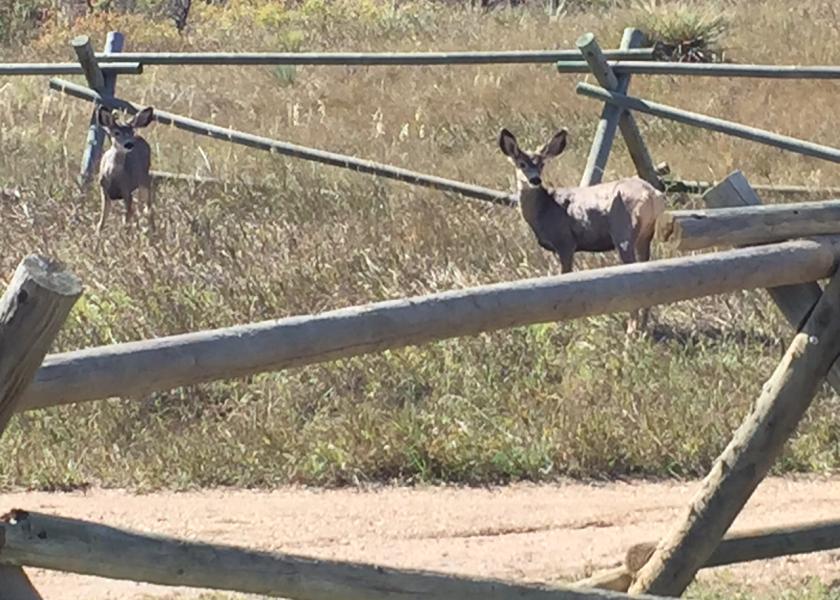Soil Type Could Affect Infectivity of CWD Prions

Prions, the misshapen proteins associated with transmissible spongiform encephalopathies such as BSE and Chronic Wasting Disease (CWD) have a dangerous ability to persist and remain infective in spite of environmental exposure. In the case of CWD, the prions, shed through saliva, feces or decomposition of a dead animal, can survive exposure to air, sunlight and temperature extremes, allowing them to persist in soils and spread to other grazing animals.
This ability, however, might depend on soil composition. Researchers at the University of Alberta in Edmonton have found that humic acid, found in highly organic soils, degrades the prion proteins and makes them less infective.
Previous research has shown that CWD prions can bind to particles of certain soil minerals such as quartz, kaolinite and montmorillonite, resulting in long-term stability and persistence in the soil. This new research indicates that organic soils containing high levels of humic acid could have the opposite effect.
In this study, the researchers first exposed infected elk brain tissue to one, 2.5 and 25 grams per liter of commercially produced humic acid, and let it incubate overnight. They found that higher concentrations of humic acid reduced chemical signatures left by the infectious prions by as much as 95 %. They note similar results when using humic acid extracted from soil samples from around western Canada.
In another part of the study, the scientists injected a mixture of humic acid and CWD-infected elk brain tissue into the brains of lab mice, while injecting other mice with a noninfected mixture as a control group. Due to the slow incubation period for prion diseases, they monitored the mice for 280 days, and found that about half of the mice injected with infected tissue and humic acid did not show any signs of CWD.
Researchers believe these results could lead to a soil treatment on deer farms or other areas where deer congregate, or to map areas of high or low risk for CWD based on humic acid levels in soils. The researchers plan to conduct further study on the effects of humic acid on prions in soil samples.
The report, titled “Soil humic acids degrade CWD prions and reduce infectivity,” is published in the journal PLOS Pathogens.







